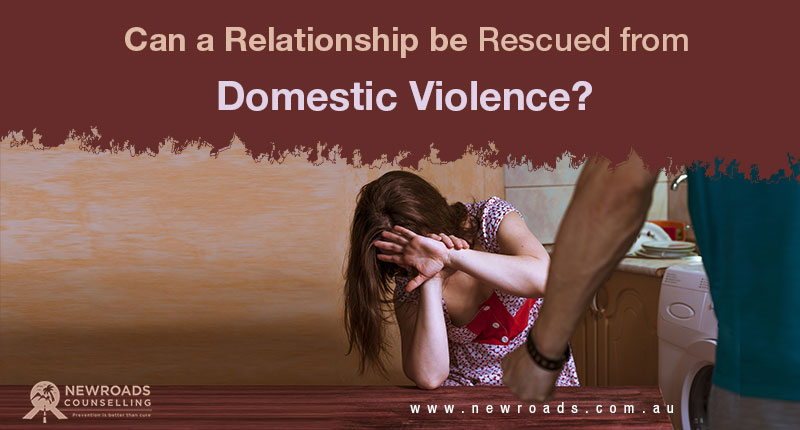
Sometimes it is difficult to believe a place that is supposedly called “home sweet home” or a “place of a sanctuary” can turn out to be a centre of violence. As we hear and know a lot through the news and advertisements, there are so many programs and campaigns that try to stop Domestic Violence around the world, however, regardless of these campaigns, the rate of abuse is still very high. In fact, there are significant number recorded incidents, reporting of about 264,028 recorded family violence incidents in Australia (“Australian police deal with domestic violence every two minutes” 2016-04-21. Retrieved 2016-08-24) and one in four children are exposed to Domestic Violence (https://www.whiteribbon.org.au).
What is Domestic Violence?
Domestic Violence occurs when a family member uses abuse to have power and control over another family member – a spouse, a partner or children. Children who live in a home where there is domestic violence, either receiving direct abuse or witnessing an abuse, are victims of Domestic Violence.
Violence occurs not because the other person provokes, but because it is the choice of the perpetrator. Alcohol may exacerbate violence but again, violence is the core issue and often people blame the alcohol rather than closely looking at the choice that the perpetrator has made.
Domestic Violence occurs regardless of cultural background, level of family income or spiritual beliefs.
Is a highly conflicting relationship classified as a Domestic Violence?
Domestic Violence is different from a heated domestic argument. Domestic Violence is a persistent or ongoing use of one or more of the varying types of abuse, which are physical, sexual, verbal, emotional, social, economic, psychological and spiritual abuse, resulting in chronic fear and damage to the victim. Compared to a highly conflicting relationship, it is still upsetting but is not resulting in fear or creating damage to the other person.
How counselling can be of help
Nowadays, there are many resources to assist victims and perpetrators of abuse. However, coming forward to get some help is not always an easy step for both the victim and the perpetrator. Some of the hindrances to get some help include shame, guilt, embarrassment, cultural issues, spiritual beliefs, etc.
Counselling can help both the victim and the perpetrator of abuse.
The goal in working with the victim involves:
- Creating safety for the victim and the children
- Understanding what power and control, and its cycle
- Exploring how to break the cycle of abuse and empowerment to do it
- Building their self-worth/self-confidence
- Building a better future
The goal in working with the perpetrator involves:
- Understanding their cues and triggers of their abusive behaviour
- Working through their frustration and anger
- Working on the core issues of their abusive behaviour
- Promoting self-responsibility of their feelings and behaviour
- Changing their beliefs
- Planning new actions to prevent relapse
Can a relationship be rescued from Domestic Violence?
Often people believe that when there is domestic violence in the relationship, their relationship is over. However, there are some successful cases where domestic violence has existed but the couple is prepared to work on the abuse and create a safe environment, reaching reconciliation, resulting in a flourishing relationship.
However, the perpetrators need to be wanting/willing and committed to work on their violent behaviour, besides promoting safety for their victims. It will require long-term therapy to deal with their core issues that might have stemmed from upbringing. In the meanwhile, empowering the victims to make small changes to break the cycle of Domestic Violence is important. If the perpetrator takes responsibility and stops the violent behaviour, and the victims feel safe, then they can work to rebuild their relationship.
If you are unsure regarding your experience in your relationship with your spouse/partner, you can contact us and we are happy to assist you.
